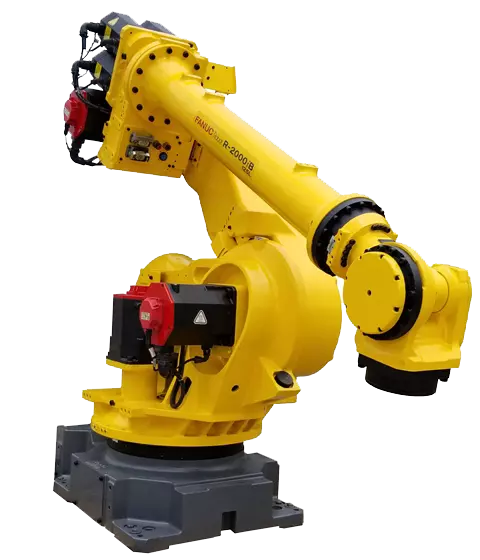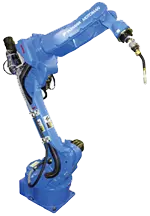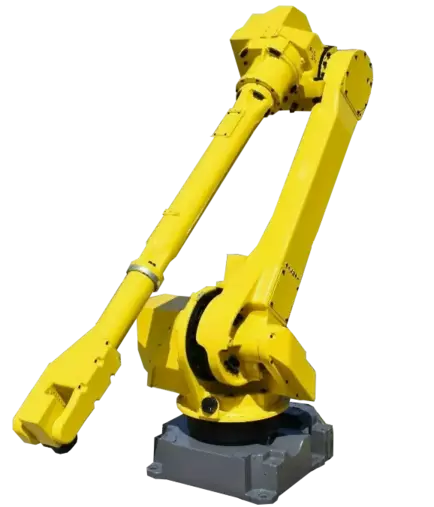Differences Between Plasma and Electron Beam Robotic Welding
Robotic automation has optimized industrial welding processes. Welding robots are some of the most widely used by manufacturers. The benefits of robotic welding make the decision to automate with welding robots a relatively easy one. What can be difficult is determining which welding application type will be the best fit for your needs. Traditional robotic arc welding applications such as plasma welding have been staples in manufacturing for years, but less conventional methods like robotic electron beam welding are now becoming more common. Below is a look at some of the key differences between PAW and EBW robotic applications.
Welding Method
Plasma welding is often viewed as similar to automated TIG welding since it uses a tungsten electrode. Welding robots are integrated with a plasma torch in which the tungsten electrode is suspended inside. The electrode constricts the arc to allow the plasma to flow from the torch at high speeds. The articulated robot will apply the plasma torch to the metal workpieces to melt and join them together. Shielding gas is used to protect the weld pool from contaminants. The FANUC M710ic/20L is an ideal choice for long reach automating PAW applications.Like plasma welding, electron beam welding involves the use of electrons, but instead of one it uses multiple. For this process a six axis robot is integrated with an electron gun. Kinetic energy is generated from the electrons in order to create heat. When the industrial robot applies the electron gun to the workpiece, a beam of electrons is emitted to melt the metals and fuse them together. Instead of using a shielding gas to protect the weld pool, a vacuum chamber prevents contaminants from the weld pool and protects the electron beam itself. The FANUC Arcmate 120ic can be deployed for automated electron beam welding.
Materials
Plasma welding robots can weld any non-ferrous metals. This means the Motoman HP20 can plasma weld copper, aluminum, steel, and magnesium workpieces. PAW robots can also weld both thin and thick metals. The small heat affected zone makes it suitable for thin metal welding, while the high concentrated heat of the plasma allows for deep welds.EBW robots can weld most types of metals including titanium, copper, and alloy steels. What makes this robotic process stand out from others is that it can be used to weld dissimilar metals together. For instance, the ABB 2600-12 can weld copper to stainless steel, providing greater manufacturing flexibility. Like PAW robots, EBW robots can weld both thin and thick metals. EBW robots can also weld metals with dissimilar thicknesses to one another. The ability to weld dissimilar metal types and metal thicknesses gives EBW robots an advantage over PAW robots when it comes to versatility, a major factor when decideding to automate with industrial robots.
Quality
Robotic plasma welding is considered one of the higher quality methods. The small heat affected zone prevents part distortion from occurring. PAW robots can complete welds of any thickness with a single pass of the torch, keeping the amount of time metals are heated to a minimum, further preventing any part distortion.Robotic EBW also has a small heat affected zone, ensuring only heat is concentrated to the weld location. The use of the vacuum chamber produces pure, clean welds for high-quality.
Robots Done Right is the place to start when it comes to used robots. Contact us if you are interested in buying or selling your used robot.




